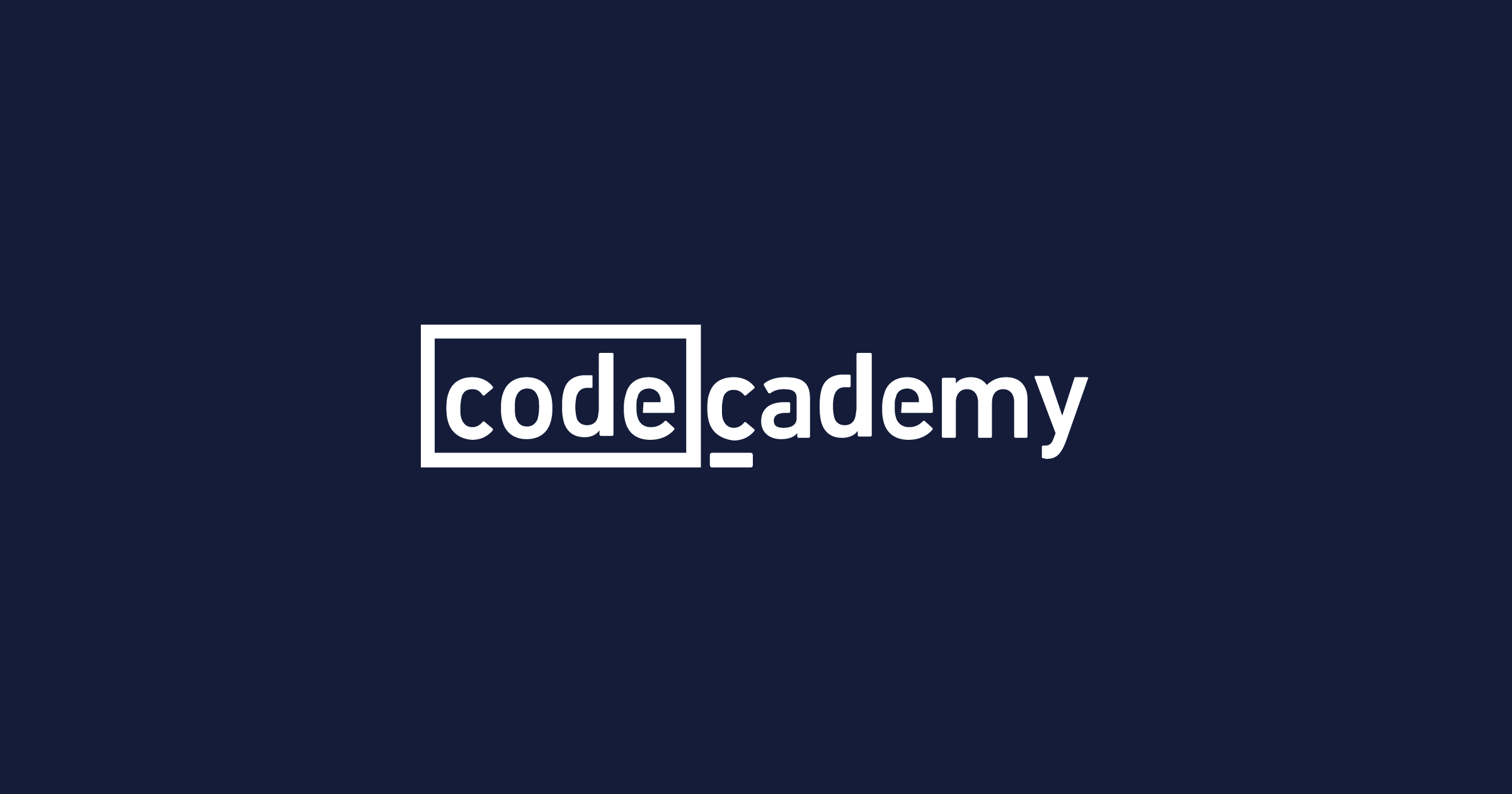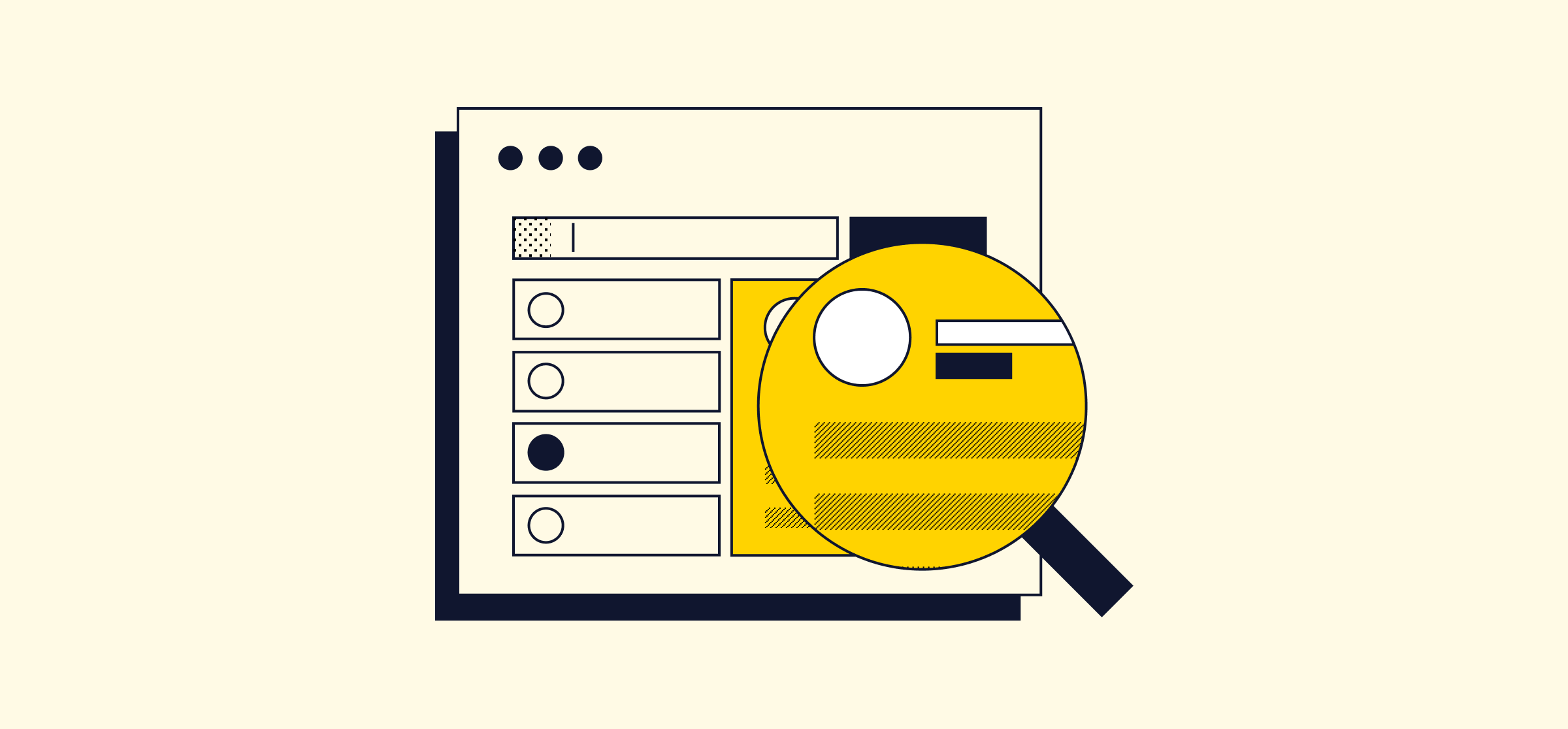Does the thought of writing a cover letter fill you with dread? You Are Not Alone. It can take several hours — or even days, if you’re waiting to hear back from a trusted friend with their edits — to write a good cover letter. And, even with all the time and energy you put into writing and editing, it can still be a mystery as to whether or not your cover letter will actually be read by the hiring manager.
The good news? A catchy cover letter can help you stand out as recruiters sift through applications. The better news? If you need help getting started, we’ve outlined what to put in your Full-Stack Developer cover letter and how to better your chances of landing your application in the “yes” pile.
But first: Do you need a cover letter?
You might be wondering if you actually need a cover letter since some companies don’t require you to submit one in the first place. And while it might seem like opting out of the hassle of writing a cover letter is a good idea, consider this: It’s down to your application and one other one to move forward in the interview process. Both of the resumes are essentially the same, but your competition submitted an optional cover letter, and you didn’t.
They used their cover letter to talk about the details that make them an especially good candidate for the job, as well as additional accomplishments and experiences that weren’t on their resume. This means your competition got to show the hiring manager more reasons why they should get the job, and they also showed they’re willing to go the extra mile, even when it’s not required — something that employers appreciate from their staff. In the end, your competition landed the interview for your dream role.
All this to say: If you really want the job, we recommend that you submit a cover letter — even if it’s optional.
How to write a Full-Stack Developer cover letter
Cover letters, like resumes, have a standard format that typically goes like this:
- Heading
- Greeting
- Introductory paragraph
- Body paragraphs
- Closing sentence/paragraph
- Closing signature
Here’s what to include in these sections:
Heading
At the top of the page, you’ll want your full name in large print and your contact information, including your email address and phone number. You can also include a link to your LinkedIn profile or your portfolio here if you want.
Greeting
Next, you’ll want a greeting. Some job descriptions tell you exactly who to address your cover letter to, but some don’t. For the ones that don’t, you can try to find the hiring manager’s name either on the company website or LinkedIn. But don’t worry if you can’t find it — using “Dear Hiring Manager” is fine.
One thing to note is that you might come across cover letter examples that have a header section between the heading and the greeting that includes the date, the applicant’s name and address, and the name and address of the recipient. This was standard when applications were sent via snail mail, but 99% of applications are sent digitally now, so you can skip this section.
Introductory paragraph
Your first paragraph is short and straightforward. It should let the hiring manager know who you are and the position you’re applying for. Don’t overthink this part. Something along the lines of “I’m excited to apply for your Full-Stack Developer position.” or “I’m interested in your Full-Stack Developer position because…” works. You’ll have your chance to be creative in the following paragraphs.
Body paragraphs
In the next two or three paragraphs, you need to discuss why you’d be the best developer for the job. A common mistake that many people make in this section is they just summarize their work history. Don’t do that!
Take the opportunity to talk about what you’ll bring to the job in a different way than your resume does, and include specific results when possible. Maybe you increased code efficiency by over 50% on your last project, which is a detail that should be on your resume, but what you didn’t put on your resume is that you’re the one who everyone turns to when they have questions about code efficiency or a particularly challenging problem related to code efficiency to solve. Talk about this here.
Maybe you were asked to help evolve the front-end and back-end stack because you’re skilled in understanding business objectives, or maybe you’re regularly sought out to build out the pipeline schedule because you have a knack for knowing the cadence that suits your team. It might be helpful to pick out one or two of your soft skills, and then expand on them in these paragraphs.
Another detail you’ll want to address in this section, if it’s relevant to you, is if there’s something on your resume that could be perceived as a red flag. For example, if you have an employment gap and you’re just now re-entering the workforce after a long break, or maybe you don’t have any experience in development but you completed online courses and you’re searching for your first development job.
Closing sentence/paragraph
You can either write a couple sentences that sum up your letter and show your enthusiasm for the position, or end with a simple, “Thank you for your time and consideration, and I look forward to speaking with you soon.” Again, don’t overthink this section.
Full-Stack Developer Cover Letter Example
Here’s what a Full-Stack Developer Cover Letter could look like.
JENNIFER WILLIAMS
555-555-1212 // [email protected] // LinkedIn
Dear Hiring Manager,
I’m excited to apply for the Full-Stack Developer position at Reddit, Inc. My experience with both the back-end and front-end stacks, as well as my proficiency in Python, HTML, CSS, JavaScript, and jQuery, would be a great contribution to your team and company.
Over the past six years, I’ve worked at Acme Technologies. I started as a Junior Full-Stack Developer, and I was promoted to Full-Stack Developer after a year and a half with the company. In addition to my technical skills, one of my strengths is discussing complex topics with technical and non-technical audiences. This led me to taking over the responsibility of presenting quarterly updates to senior management and the executive team, which began in an office setting and later transitioned to a fully-remote environment.
My ability to thrive in ambiguity is another benefit I can bring to your team. At Acme, I participated in client meetings where we held open discussions about our client’s challenges, problems, and needs. After taking part in several of these discussions, I developed a framework to structure these meetings around that has been used for over two years now. The feedback from the team on the new meeting format was, “Why didn’t we do this sooner?!”
I’m committed to improving the organizations I belong to, and my goal is to use my skills and background to support Reddit’s innovative projects.
Thank you for your time and consideration, and I look forward to hearing from you.
Kind regards,
Jennifer Williams
Other Full-Stack Developer cover letter tips
Length
Keep it to one page. There’s no reason for your cover letter to be longer than a page, and even if it is, the hiring manager is unlikely to read the whole thing. Also, the hiring manager is going to quickly scan your cover letter, so you want to keep the paragraphs short — two, three, or four sentences per paragraph is good.
Tone
In terms of the tone, you want to show some personality in your cover letter — it should sound like you — while also keeping it professional. One trick is to imagine you’re writing to a co-worker or a professor and use a conversational tone. Once you finish your first draft, try reading it out loud. Does it sound like you’re talking to a colleague or is it too stiff? If it’s stiff, just say out loud what you’re trying to convey and then try to put that on paper.
Tailor each cover letter to the job
You’ve heard this before, but it’s worth mentioning again — a good cover letter should be specific to the job. If you’re applying to several roles that are similar, you absolutely can reuse whole paragraphs, but just be sure to tweak any text that can be personalized.
Edit!
Editing is the last thing you want to do after spending a chunk of time writing the first draft of your cover letter. We get it. But you don’t want to miss out on an interview over a typo or other error, and remember: There’s going to be a lot of competition, so what sets one application apart could come down to typos. If you have a friend or family member who is good at proofreading and editing, just ask them to give your letter a read. They’ll likely be happy to help and excited for you to land your next role.
Follow the application instructions
Something that’s relatively new in job postings is a callout to the applicants with a little detail to include somewhere in your application. This might be something like, “At the end of your cover letter tell us who created C.” or “Include the name of your favorite front-end tool in the file name of your application.”
The instruction is given somewhere in the job post, and it’s basically a test to see whether or not you actually read the job description. It weeds out anyone who’s just submitting applications in bulk (something hiring managers hate).
What’s next?
The best-case scenario is that your cover letter lands you an invitation to interview for the job. Take a few minutes to celebrate, and then it’s time to start preparing for the interview, which will include both technical and behavioral interview questions.
Since Full-Stack Developers are expected to have a wide range of skills since they cover web applications from start to finish, you can expect a lengthy interview process. You’ll be asked technical questions and you’ll be expected to solve coding problems on the spot.
Our Pass the Technical Interview Skill Paths can help you practice relevant technical skills, learn common Full-Stack Developer interview questions, and revisit your portfolio if you need to.
Also, if you need to brush up on a skill that’s listed on the job post, our courses can help. Here are a few to consider:
- Learn JavaScript
- Learn Ruby
- Learn Python
- Create a back-end app with JavaScript
- Build Python web apps with Django









